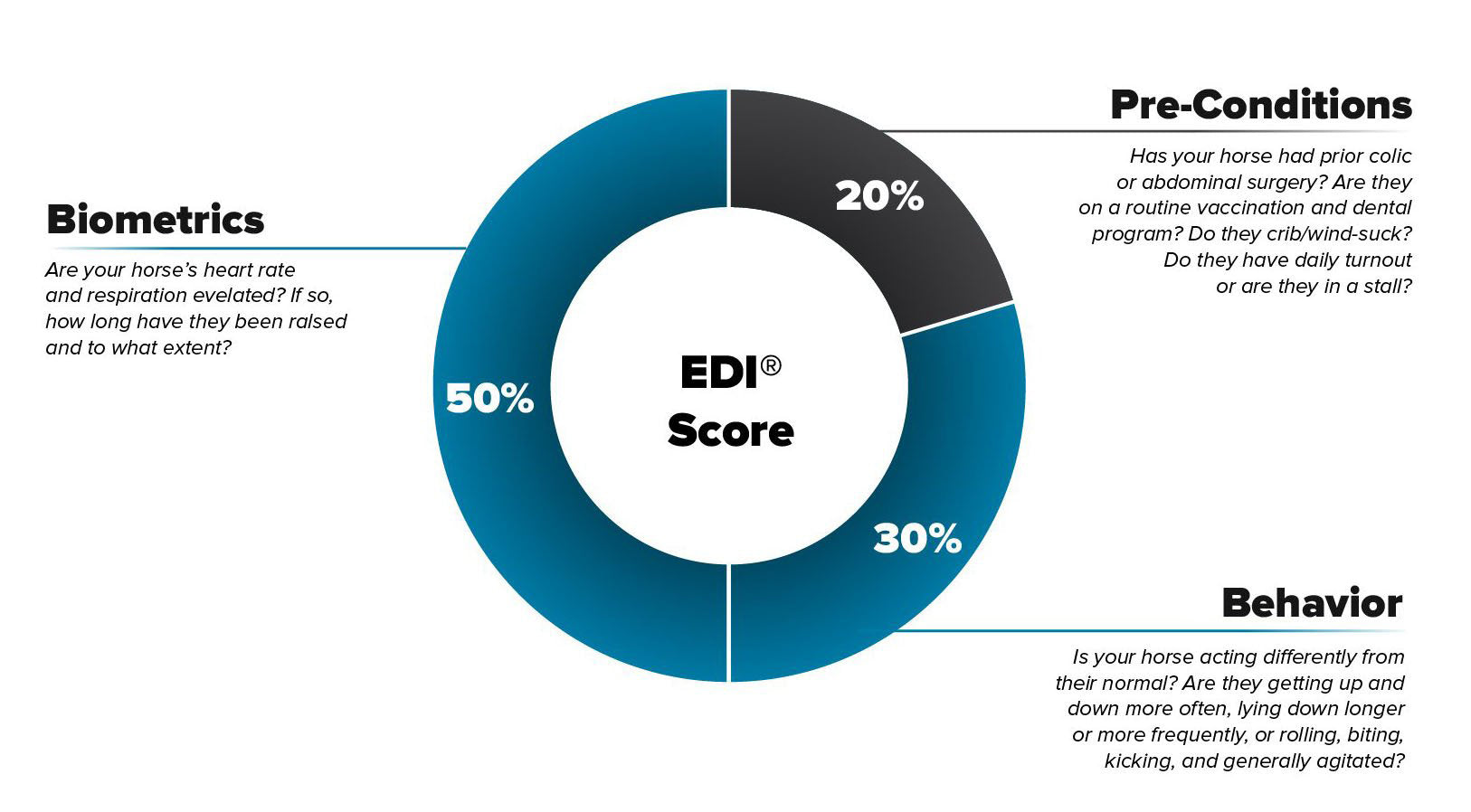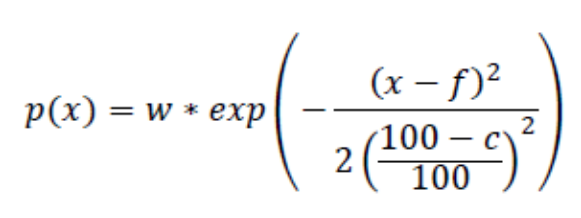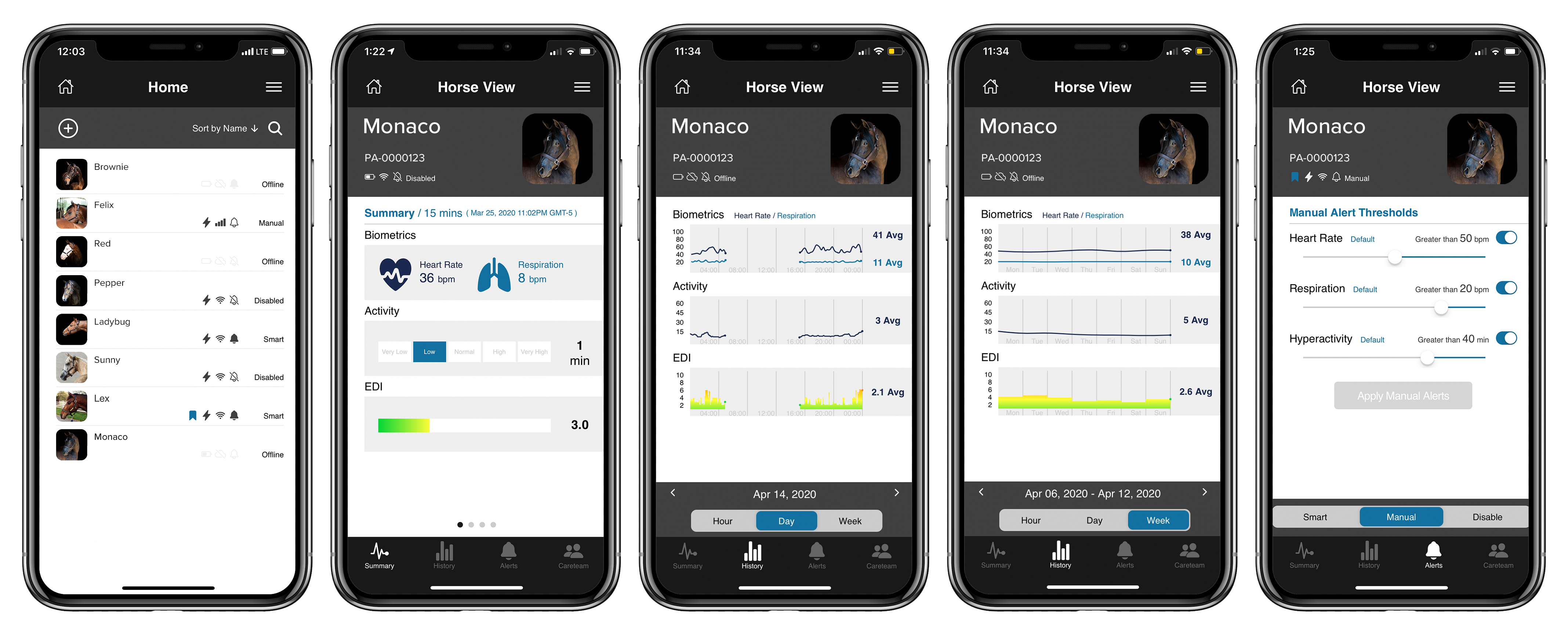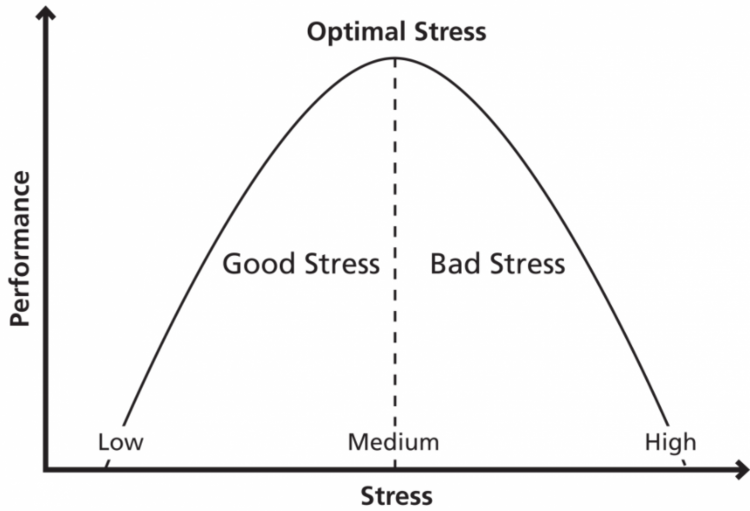Equine Distress Index®
Equine Distress Index®

Remove the Guesswork
Remove the Guesswork

The EDI® (equine distress index) is a new 10-point scale that makes understanding your horse’s wellbeing easy. The lower their EDI® score, the happier and healthier they are. Your horse’s EDI® score is an objective measure of their relative distress & general wellbeing and derived using a fuzzy inference system with multiple parameters, including biometric data, behavioral inputs, pre-condition factors, and more.



Score is relative to your horse’s unique physiology vs historical data from other horses on an absolute scale
Score is available any time on-demand because of continuous and real-time data analysis vs intermittent data acquisition
Score is based upon objective data gathered from sensor technology vs subjective assessment by various people
Score is derived from multiple inputs at the same time for comprehensive assessment vs univariate analysis of one input at a time
Each EDI® score can be statistically parameterized by the following and represented as a probability distribution function or Gaussian curve, where the peak is set to be the distress factor.

The EDI® is offered exclusively by NIGHTWATCH®, the world’s first smart halter™. As embedded sensors acquire and analyze real-time data on your horse’s biometrics and behavior, NIGHTWATCH® computes an EDI® score (1 to 10) relative to their unique and normal physiology. When a user-defined threshold on the EDI® scale is breached, caretakers are alerted via text, call, and email for early intervention.

We often see the term "stress" used to describe negative situations, which has led us to believe that all stress is bad. This is not necessarily true. Stress is a natural physiologic response to tough demands. Good stress is only short-term, it motivates us, and can improve our performance. In contrast, bad stress (ie, distress) causes the feeling of anxiety or concern, can be either short- or long-term, and ultimately hinders our performance.

Equine distress can stem from many factors, including, but not limited to injury, trauma, illness, fear, and boredom. While there are many common distress conditions (eg, colic, being cast, foaling), colic is of the greatest concern because it’s the leading natural cause of death in horses, second only to old age. Horses are prey animals who instinctually suppress expression of pain and distress as a mechanism to avoid predators. Coupled with the fact that horses are often unsupervised overnight or in remote locations, identification of equine distress is challenging.
Historically, assessment of distress in horses has been a labor-intense task that requires the piecing together of different clinical variables with a strong reliance upon subjective and intermittent behavioral observation. While veterinarians and others routinely rely on scoring systems in clinical practice, including several for pain, each have their shortcomings and there is no gold standard today.